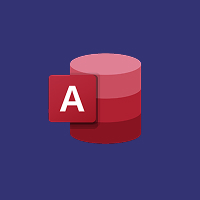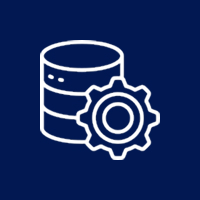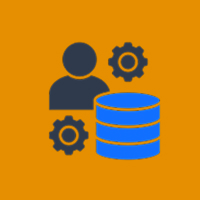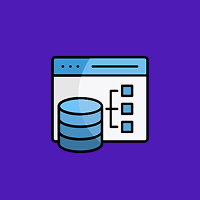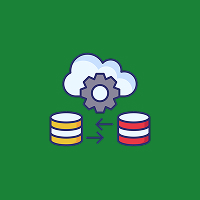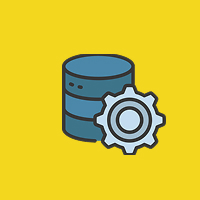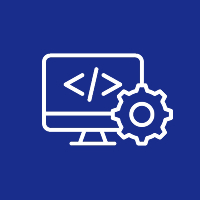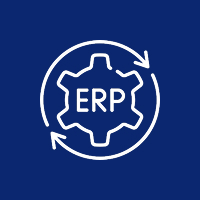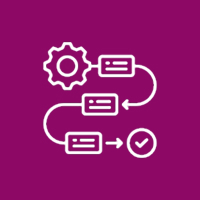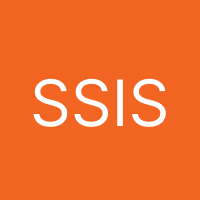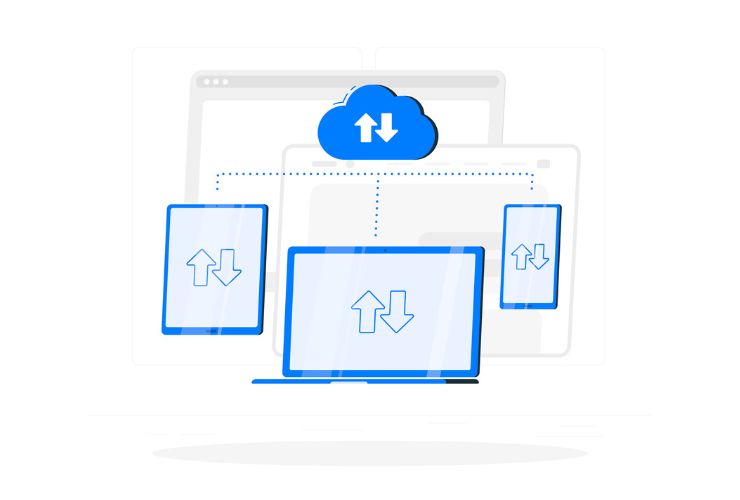Data migrations are mission-critical tasks that transfer data from one environment to another. Whether you are changing servers, upgrading to a new platform, moving to the cloud, or consolidating systems, a poorly planned data migration can have devastating consequences that impact the way your business runs—corrupted, lost data, and extended downtime.
However, if you cannot thoroughly plan a migration with the right tools and assistance, data migration should still maintain its continuous improvement ideals, and we believe that it should end up being a smooth experience and a big win; improved performance, better security, and an increase in scale. E Edge Technology PVT LTD. is specialized in safe, efficient, and effective database migrations for your specific infrastructure and business needs.
1. Clarify Migration Objectives
Start with the clear understanding of why this migration is taking place; this fundamentally assists with both the technical scope, and business specific alignment.
- Upgrading hardware and software due to performance requirements
- Migration to a more scalable cloud based platform (i.e. AWS, Azure, GCP)
- Migration from another database platform (i.e. MySQL > PostgreSQL)
- Merged or re-organized several database instances or implementations.
Objective clarity sets a purpose-built migration roadmap.
2. Audit Your Current State
A comprehensive audit helps avoid surprises mid-migration:
- Database size, schema complexity, and data types
- Read and write frequency/ volume
- Existing stored procedures, triggers, views, and job tasks.
- Data dependencies, integrations, third-party connections
3. Pick Migration Strategy
Two principal strategies exist:
- Big Bang Migration: Move everything at once. Faster, but you may have some downtime
- Phased Migration: Migrate in pieces, allowing for both systems to run in tandem while migrating. Best for mission-critical systems.
Which migration strategy you ultimately choose will depend on how much downtime you can afford, database size, and complexity of operations.
4. Pick the Right Tools
The right tools for migration will help facilitate the migration process and lessen the likelihood of human error:
- Built-in tools – mysqldump, pg_dump, SSMS
- Cloud native tools – AWS DMS, Azure DMS
- Advanced tools – Flyway, DBConvert, Liquibase
E Edge Technology helps determine and set up the appropriate tools for your architecture with full automation and a rollback method if required.
5. Take Full Backups
This step is non-negotiable before migrating:
- Take a full logical and a physical backup
- Store backups in multiple secure locations
- Conduct test restores of your backup to ensure backup integrity
6. Setup the Target Environment
The target environment should replicate or exceed the initial environment:
- Correct version of the database engine
- Recreation of the schema, user roles and structure and indices
- Recreation or tuning of storage and performance settings
Our team takes care of every aspect of the target system’s preparation including provisioning the infrastructure through to tuning the DBMS.
7. Test Migrations in the Trial Mode
Never move to production without testing:
- Test your migrations in a sandbox/staging environment
- Test for schema integrity, and row counts and business logic.
- Test real time connections to applications and APIs
E Edge Technology is able to perform controlled pilot migrations and load test scenarios to expose and address any issues in advance of your production rollout.
8. Migrate with as little risk as possible
During your actual migration:
- Communicate the migration schedule to stakeholders
- If you require downtime, choose a time when you expect minimal traffic
- Continuously monitor performance metrics and transaction logs during the migration
- If you’re doing a staged migration, have a plan for data synchronizing and dual write logic
Our migration teams constantly monitor live dashboards and rollback plans if any migration needs to be performed with no data loss.
9. Verify and Validate
After the migration:
- Running validation scripts (checksums, row comparisons)
- Perform application testing, APIs testing, and business workflow
- Monitor performance metrics and server health.
We provide a post-migration validation report and performance benchmarks, so you can continue to focus on excellence in operations.
10. Clean Up and Optimize
Once the new system is validated it is time to:
- Remove any deprecated objects and data not in use.
- Rebuild any indexes and update statistics.
- Revise documentation and architecture diagrams.
- Provide training to internal groups on the new system’s features.
Why work with E Edge Technology PVT LTD for Database Migration?
E Edge Technology has more than 10 years of experience in database management and enterprise IT solutions. We offer a full range of database migration services for MySQL, PostgreSQL, SQL Server, Oracle, MongoDB, and cloud-native DB. Our approach is designed to:
- Allow you to eliminate downtime and disruption.
- Guarantee a 100% integrity for your data.
- Optimize performance after the migration.
- Automate repetitive tasks and ensure compliance.
- Integrate seamlessly with your applications, APIs, and third-party tools.
We also support custom migration frameworks, legacy modernization, and data transformation pipelines.
Conclusion
Database migration does not have to be a risky or disruptive endeavor. It can be manageable and well-planned. With the right tools and an experienced partner like E Edge Technology PVT LTD, migration will become a method to upgrade your performance, improve scalability, and increase operational resilience!
Allow us to help you transition your next database smoothly, securely, and make it future-ready.


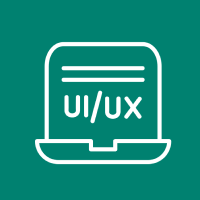
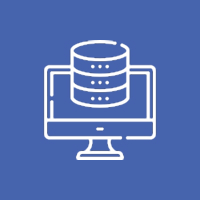





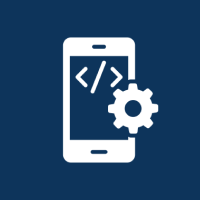



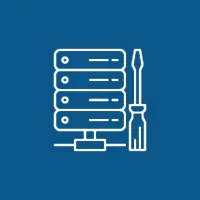 Database Development
Database Development




